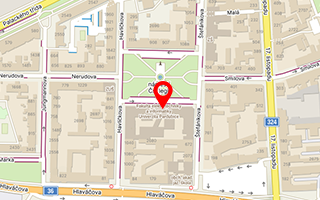Publikace detail
On improved Z-R Relation Derived from Czech Distrometer Data
Autoři:
Kovalchuk Maria | Zikešová Aneta | Albakawe Ahmad | Fišer Ondřej
Rok: 2023
Druh publikace: článek ve sborníku
Název zdroje: 2023 PhotonIcs & Electromagnetics Research Symposium (PIERS) : proceedings
Název nakladatele: IEEE (Institute of Electrical and Electronics Engineers)
Místo vydání: New York
Strana od-do: 2156 - 2160
